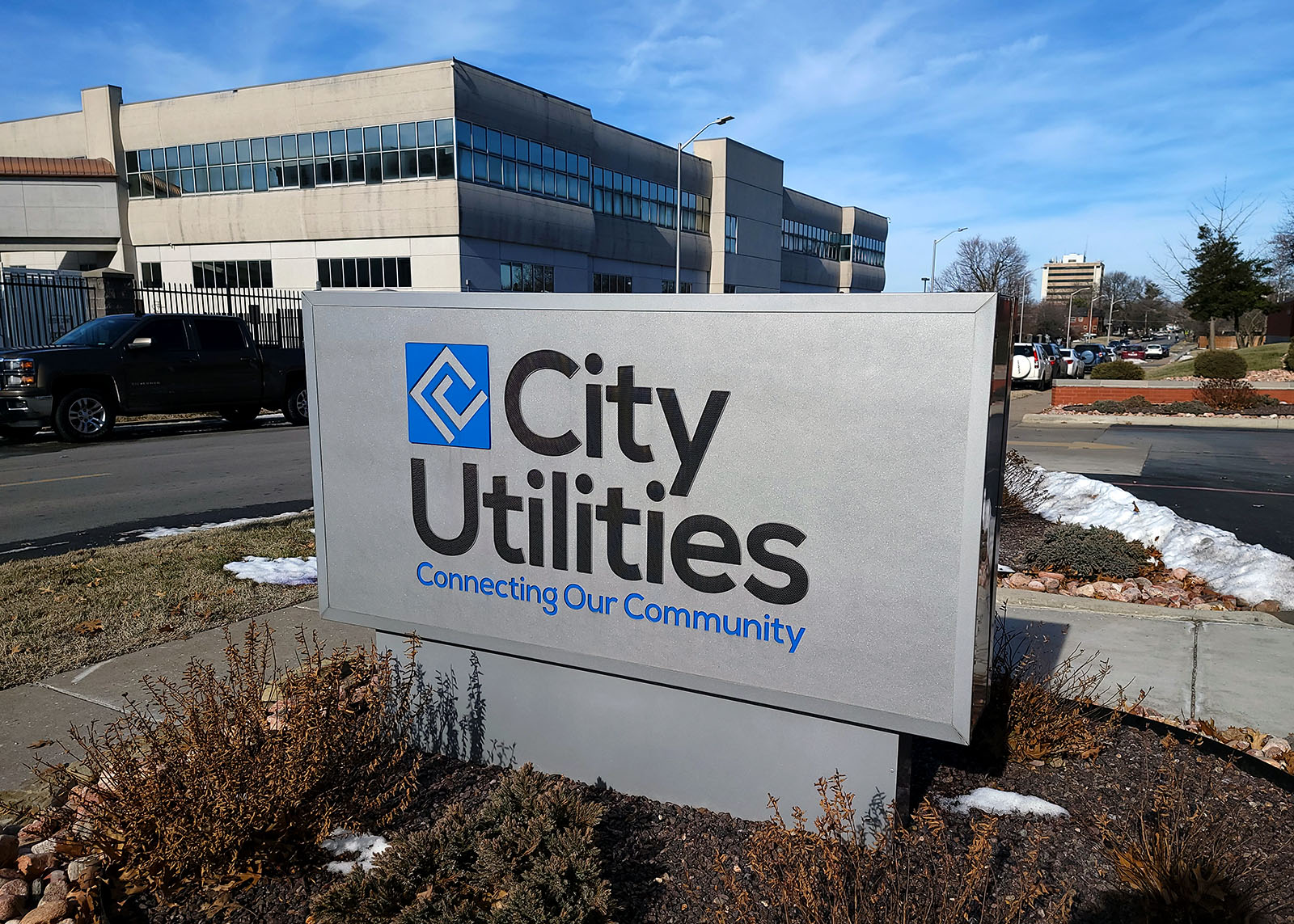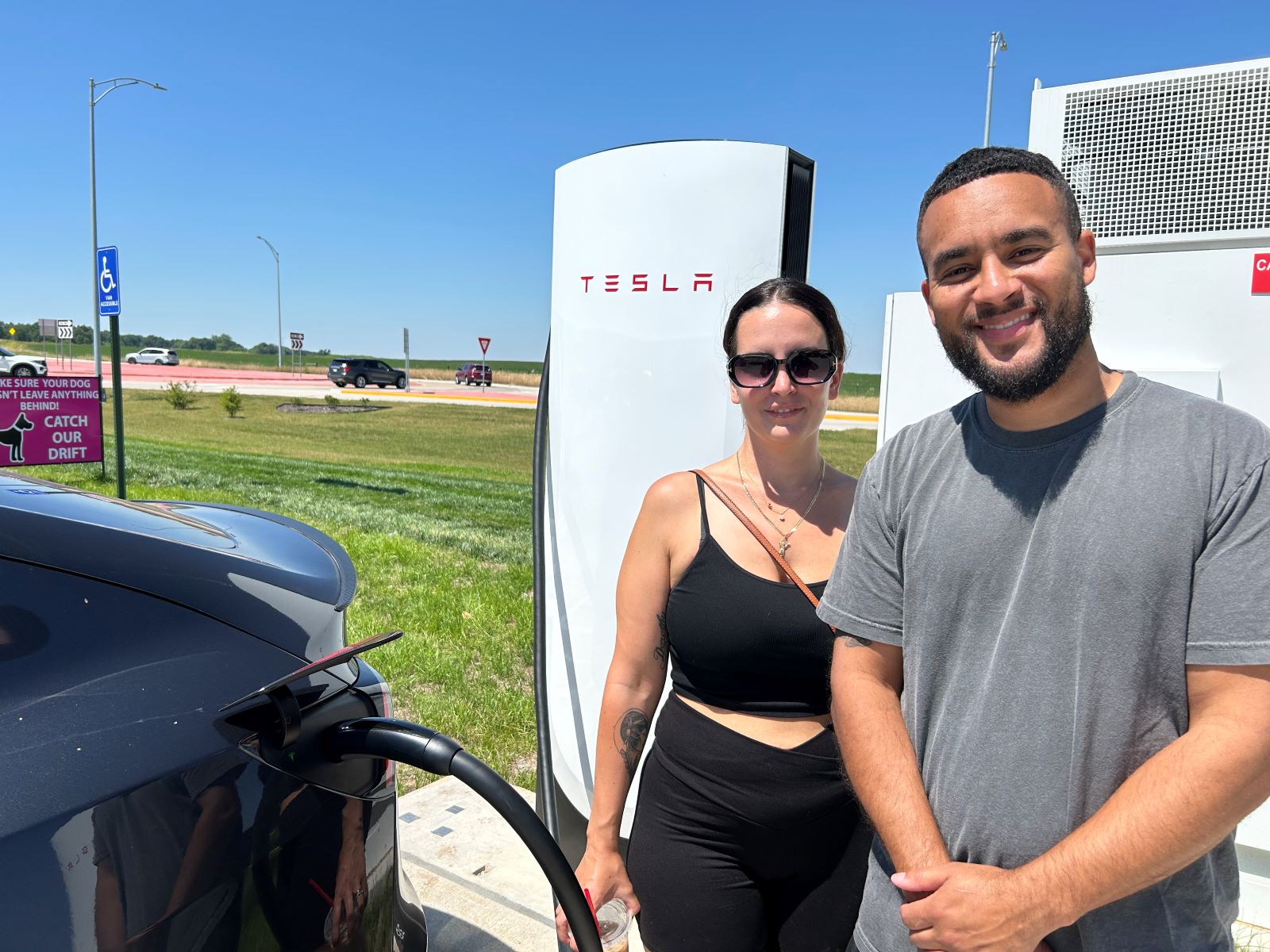Why care?
Whether you like to fish, paddle or hike around Lake Springfield, the future development of the James River Power Station property leaves much to the imagination. Parts of the property could also be used for commercial, government or educational purposes. Hydrological surveys will also shine a light on the exact condition of the lake’s health.
Four chimneys hit the ground, but electricity is still being made at the James River Power Station. Lake Springfield is the subject to a million-dollar study, but it may be months or even years before Springfield sees a return on its investment.
Projects involving lakes, natural features and utility companies often involve a good deal of lead time, or “hurry up and wait,” as some might say.
By an 8-0 vote, the Springfield City Council accepted a federal grant and amended the city's budget for 2022 to start the process of studying Lake Springfield and the James River Power Station property.
The council vote occurred just three days after Springfield City Utilities oversaw the demolition of four coal-fired exhaust chimneys at the power plant, marking the end of a 65-year era for the plant as a place where coal was burned and the energy was converted into electricity. Spirtas Wrecking Company oversaw the design of the implosion and falling for all four stacks, plus all of the site teardown work that has taken place at the power plant over the past four months.

Two years and two decades of planning
Lake Springfield was one of four areas of focus for comprehensive planning as part of Forward SGF, an effort to develop detailed master plans for Springfield's growth over the next 20 years. Springfield Senior Planner Olivia Hough said a master plan is needed to develop Lake Springfield as a destination and an asset for the future.
“This master planning agreement will involve significant community engagement throughout the process,” Hough said.
At the end of two years of study, Springfield's planners will have a master plan for Lake Springfield, the 60,000-square foot power plant site and more than 900 acres of public land surrounding the lake. The study is funded largely through a grant from the U.S. Economic Development Administration. Springfield applied for the grant in September 2021.
“It will begin with a detailed hydrological study, water quality improvements, structures involved with the waterways, and result in an actionable master plan primarily focused on economic development, resiliency, how we can create sustainable jobs and how we can improve opportunities and workforce for our entire community and our region,” Hough said.
That includes an examination of land use, transportation and wayfinding to access Lake Springfield, and opportunities for recreation.
Springfield City Utilities President Gary Gibson hopes that the people who took interest in the chimney demolition will continue caring about where their electricity comes from in the future, and how City Utilities works to meet power needs.
“I really do think that we can find — as a community — things that we can do to coexist with our power generation that’s out here, but also make it an economic driver for the community and a recreation center,” Gibson said.
Construction of the lake and power plant began in 1955. Some parts of the facility, like the mint green-colored machinery covers and panels, still have a definite 1950s feel in 2022. The first generation unit went into service in 1957. At the time the plant opened, it was about three miles outside the Springfield city limits.
Gibson hopes that City Utilities and other entities can continue to use the site, but that some mixed recreational uses can be added.
“I could see everything from co-working space out here, to a boardwalk, to places where people are working and then coming out here to play every day. We can do those, we can do those safely and appropriately around the facilities that we need to have out here,” Gibson said. “I also think it can be used as an educational component as we get more public to come around the area than we have down here, and we can demonstrate some of the new technologies that we have to generate power.”
All of those possibilities will be weighed over two years of study. The first step will be for Springfield to hire a consulting firm to conduct the study and establish subcontracts with specialists to handle the more technical work, like hydrological studies of the James River and Lake Springfield.
Who should care?
- Springfield City Utilities customers
- Persons with interest in the southwest Missouri economy
- Anglers
- Paddlers
- Outdoor enthusiasts
- Conservationists or environmentalists
- Members of Springfield’s business community
Council excited by opportunity
Springfield Mayor Ken McClure, a former associate general manager of Springfield City Utilities, applauded the effort that it took to get the proposal in front of the city council on Feb. 22.
“This is extremely good news, and we were excited to get this and hoping that we would,” McClure said.
McClure said that the timing of the grant announcement coinciding with the 65-year anniversary of the James River Power Station and the implosion of four coal-fired exhaust chimneys on Feb. 19 was “very interesting,” but a coincidental turning point in the life of Lake Springfield and the surrounding area.
“Lake Springfield is such an asset in our community, and I think as we now look at the next steps for that that make it a real destination for our community and those who might visit, so I'm just so pleased that we'll be able to use this to help plan our efforts and make the best use of (Lake Springfield),” McClure said.
Councilman Matthew Simpson echoed the mayor's praises for the project.
“This is incredibly exciting for the city and for Zone Four specifically,” Simpson said.
Simpson asked about how the city would hire consultants to conduct the study.
“This will be a new initiative, so we will be competitively procuring consultants, particularly with expertise in hydrology,” Hough said.
The first step is to seek requests for qualifications, followed by the development of a detailed scope of the study, then requests for proposals from consultants before the city awards a contract.
“Federal grant requirement is competitive procurement, so that would be open to any qualified consultants. We really want to cast a wide net, and we want to encourage minority and women-owned businesses and disadvantaged businesses to submit their qualifications,” Hough said.
The Southwest Missouri Council of Governments (SMCOG) helped to secure the grant. EDA funds SMCOG, “to bring together the public and private sectors to create an economic development roadmap to strengthen the regional economy, support private capital investment and create jobs,” according to a statement issued Feb. 10.
In 2020, City Utilities had a total of 117,075 customers from the residential, commercial and industrial sectors. City Utilities self-reported that 23 percent of the power its customers consumed in 2020 came from coal-fired generation, while 3 percent came from natural gas.
About 45 percent of the power in City Utilities’ portfolio comes from what the Federal Energy Regulatory Commission classifies as renewable energy sources.
“That’s a great thing. We’ll continue to make progress toward those goals, but I think the better our community is educated on those items, the better,” Gibson said.
Whie the coal-fired power generators at the James River Power Station have been offline since 2017, a pair of natural gas turbine generators are still on the property. They do not run continuously, but are operated by Springfield City Utilities as consumer demand dictates. Gibson expects that the James River Power Station will continue to be used as a generation site for City Utilities for years to come. It could also be used for other types of generation, like solar power or wind power.
“We are in the middle of doing an integrated resource plan, which takes a look at what our next 10-20 years’ power supply planning for the community is,” Gibson said. “Most people also don’t realize that Lake Springfield was created as the cooling water endowment for this plant, and now has become part of our identity in Springfield.”
The U.S. EDA’s Coal Communities Commitment allocates $300 million of EDA’s $3 billion American Rescue Plan appropriation to support coal communities as they recover from the economic challenges of the COVID-19 pandemic and to help them create new jobs and opportunities, including through the creation or expansion of a new industry sector.
Specifically, EDA has dedicated $100 million of its Build Back Better Regional Challenge funds and $200 million of its Economic Adjustment Assistance funds to directly support coal communities.
To get the $800,000 from the federal government, Springfield must put up 20 percent of $1 million in matching funds. The local match will be $60,000 from City Utilities, $40,000 from the Springfield Environmental Services Department and a $100,000 contribution from the nonprofit Hatch Foundation.
Comparisons to Fellows Lake
Two city councilmen compared the work on Lake Springfield to work that has been done to develop Fellows Lake, an 865-acre lake just north of Springfield on the Little Sac River. The not-for-profit Watershed Committee of the Ozarks operates Fellows Lake Marina, which gives people opportunities to put in boats with motors of up to 40 horsepower.
Fellows Lake has become a popular spot for sportfishing and recreation on the lake and in the 20 acres of land that make up surrounding Miller Park.
“I've watched with such interest what's happened out at Fellows Lake, and how that has developed and become already such a center for folks to go and a draw of people into our region, and it reminds me again of our partnerships here,” Councilman Andrew Lear said.
Lear said he was grateful for the partnerships on display at Lake Springfield, namely the $100,000 contribution from the Hatch Foundation and the neighboring Springfield Conservation Nature Center, a development by the Missouri Department of Conservation. Lear sees the redevelopment of the power plant site as a chance to foster cooperation.
“As I travel around to different cities, I know that water features and natural environments are two things that really drive economic development and drive people wanting to be in your community, and this is a competitive advantage our community has as we continue to develop these resources,” Lear said.
Councilman Richard Ollis also drew a comparison between Lake Springfield’s potential and the development of Fellows Lake.
“I think this, Fellows Lake and our Ozark Greenways Trails expansion are all very exciting things as it relates to quality of life for our community,” Ollis said.
Hough added that Fellows Lake and Lake Springfield could be destinations for up to a million people who live in Greene County and the nine counties that surround it.




